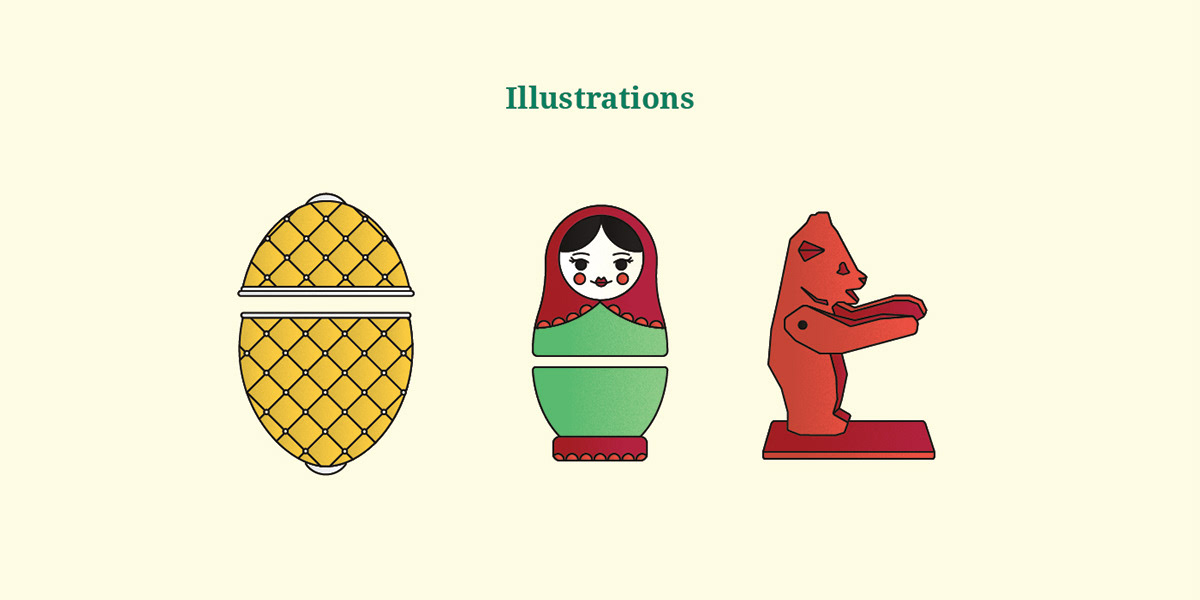
It is often said that it takes 10,000 hours to master a skill (that's roughly 10 years!) However, there is an alternative option, for those who are too eager to wait that long to get on that level, and those who are looking for a good starting point to begin their learning journey.
This project was based upon the idea that by dedicating yourself to 20 hours of practice, you could be able to learn a new skill. My chosen skill was to learn the basics of Russian. This entailed learning how to read and write the Russian Cyrillic alphabet, as well as learn some essential phrases. Over the course of 20 hours (2 - 3 hours per day for 9 days), I had accomplished my goal. Along with learning the language, I had decided to research the benefits—especially the health benefits, of learning another language, as well as factual information about the Russian language.
The following infographic breakdown below entails my inspiration process and introductory into the Russian culture as a whole.

Final infographic poster

The inspiration for the colour scheme of the infographic poster was taken from, Saint Basil's Cathedral in Moscow, Russia.


The central focal point and major housing of all the icons seen within the poster are illustrations of famous trinkets found in Russia: a Fabergé egg, a Matryoshka doll, and a Bogorodskaya wooden bear toy. The Matryoshka doll, commonly known as a nesting doll, was the key inspiration behind the layout of the information and facts, as well as the overall design of the infographics: "unpacking" the Russian language.

Decorated within the pattern of the Fabergé Egg is the Russian alphabet. The Russian letters are seen in the bold black colour, and the English pronunciation below it is in a bold-italic red colour. As this was my starting point when beginning my language learning journey, I had decided to place these pieces of information within the outermost part of the illustrated infographics.


In the center of the top half of the Matryoshka doll is an icon representing the 6 official languages of the United Nations. Each flower petal represents one of the official languages, and together they form a wreath to represent union.

Cognates are words that sound and mean the same in two or more languages. This helped me in my pronunciations for when it came to reading such similar words in Russian as it was in English. The gradual recognition of cognate words aided me to have a more enjoyable learning experience.

The chamomile flower is the national flower of Russia, and was used to represent Russia being the 8th most spoken language in the world. Tulips were used to back-up this statistic, as well as represent other popular spoken languages around the world. Tulips are also known to be a popular flower choice for gift-giving in Russia, and can even be said to be more popular than roses.

The benefits of learning a new language was explored as part of the research for the 20 hour language learning challenge. To represent each factual piece of information, an icon was created.



Poster mockups by Poster Mockup and Free Mockup Zone




